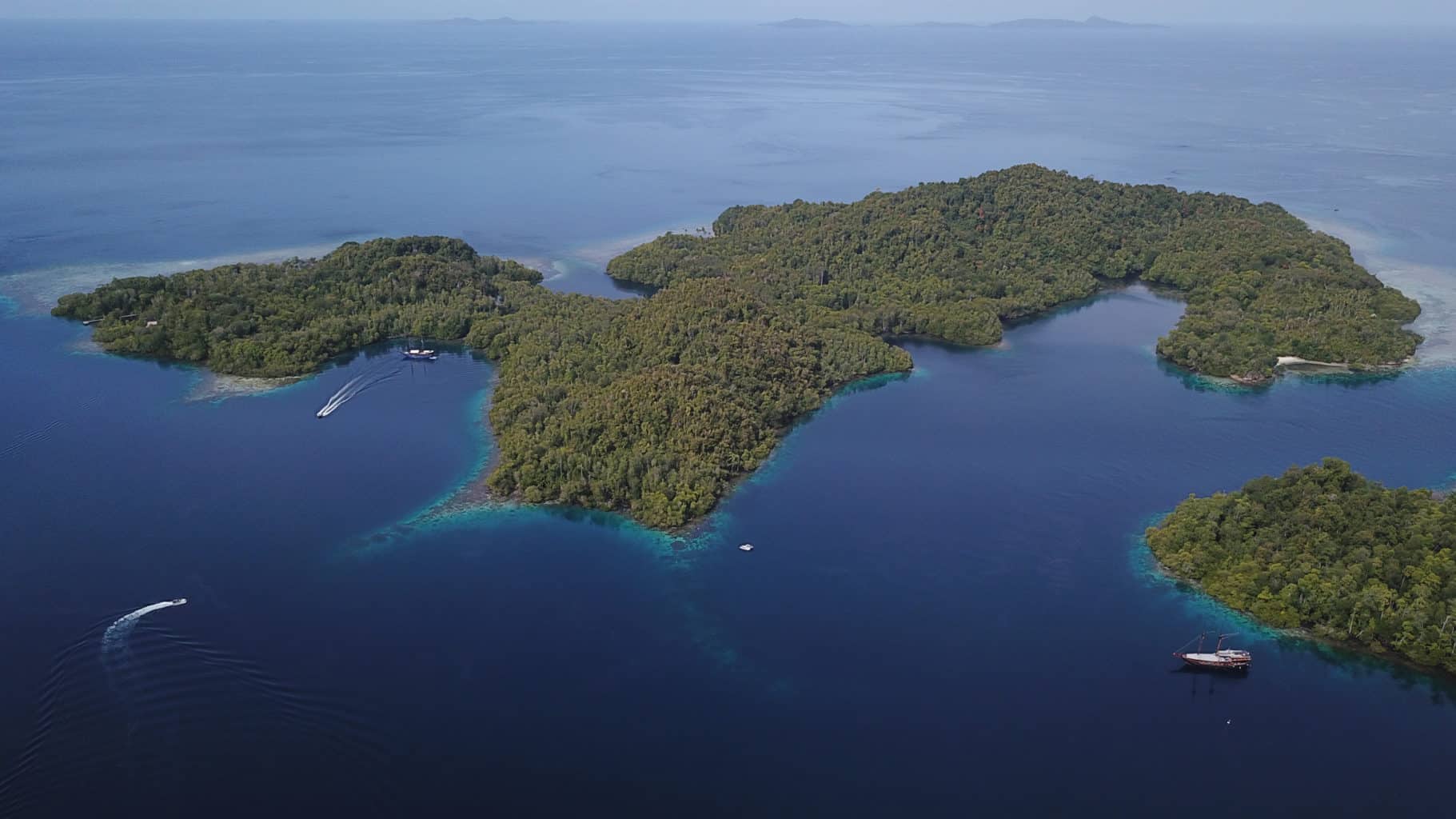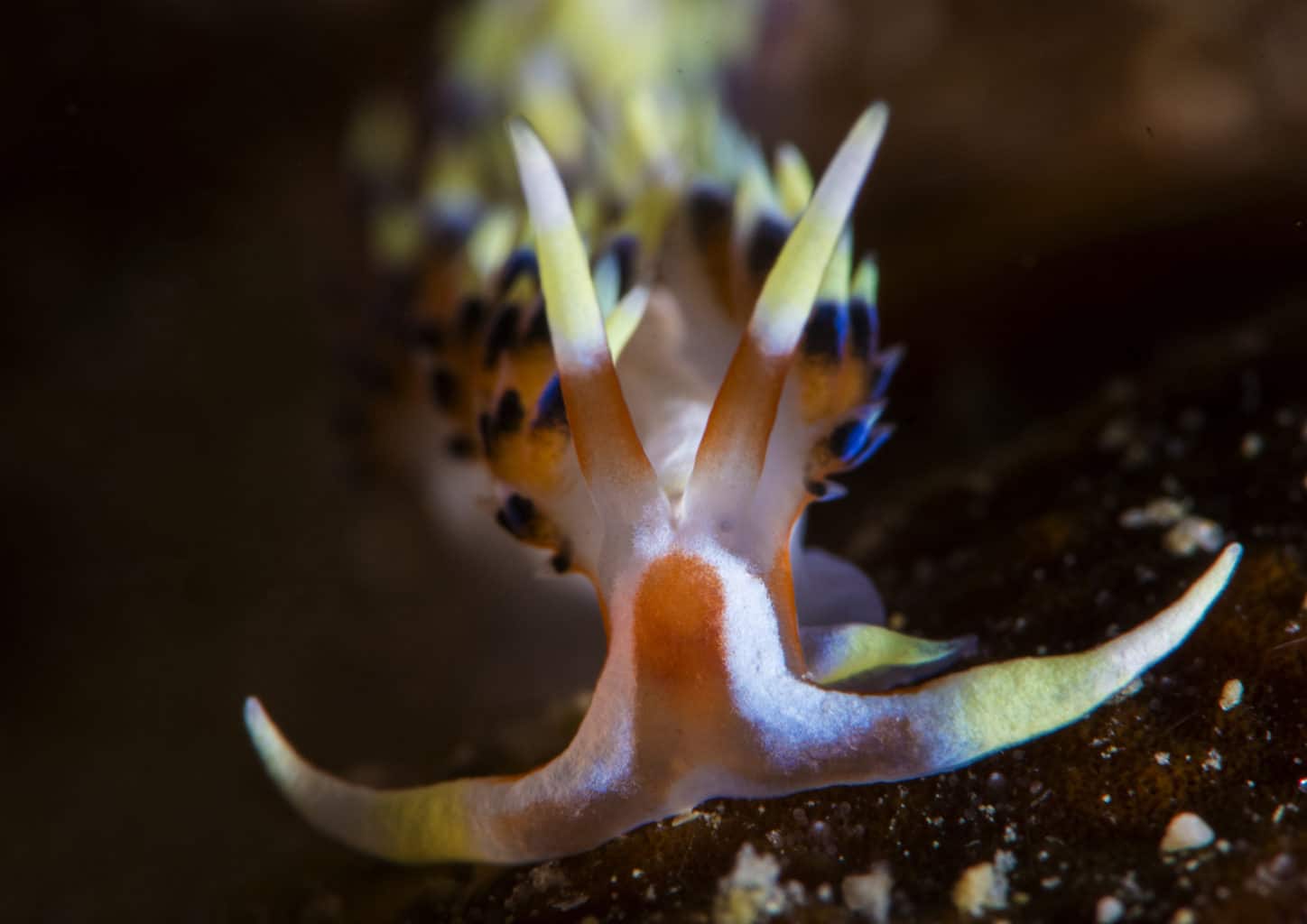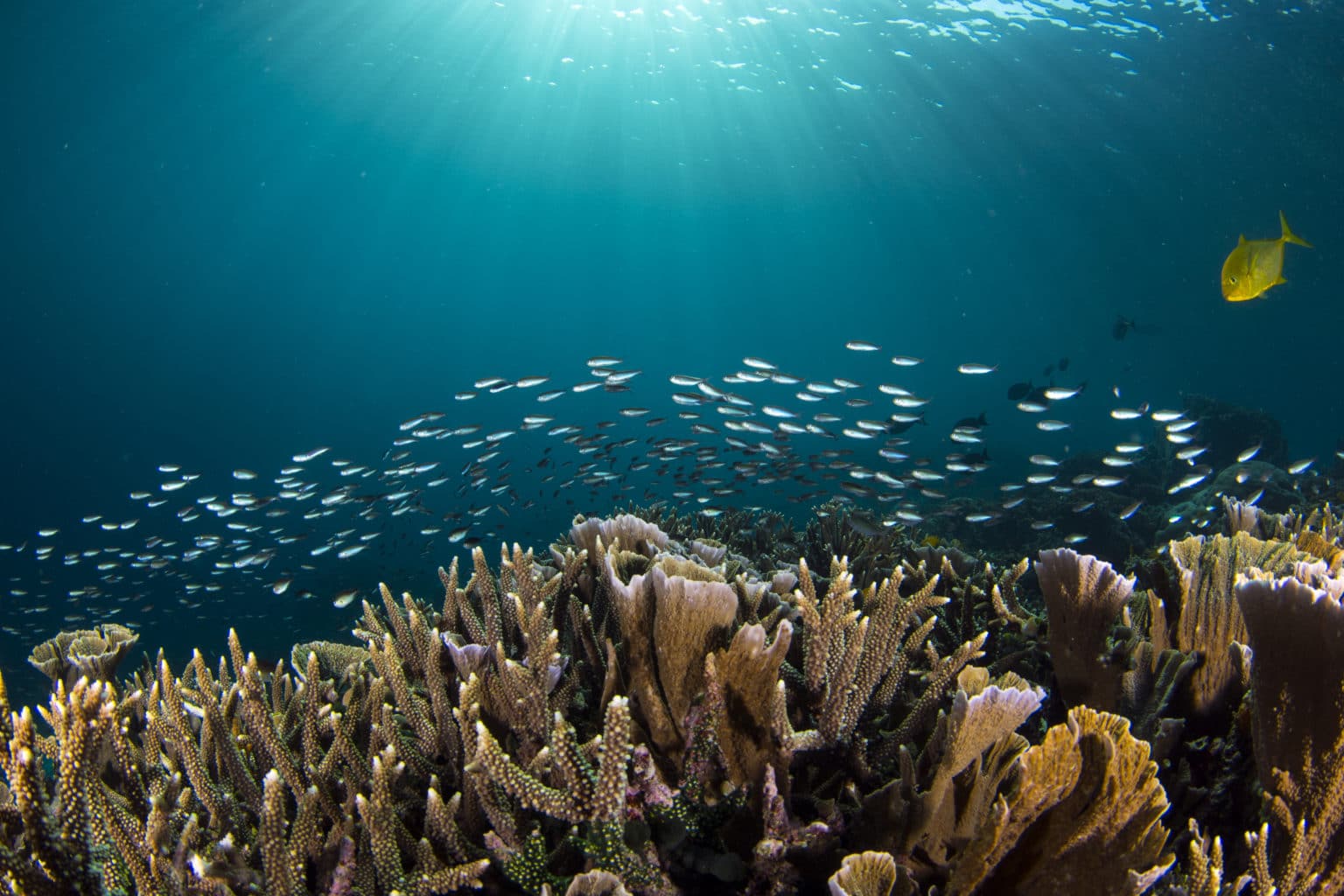For many divers, Indonesia is a dream destination.
Unfortunately, most never get to fulfill that dream because people feel it is either too expensive or too difficult to pull off logistically. Good news neither is true.
When it comes to aquatic life, few destinations compare to diving Indonesia. It is home to over 3000 species of fish. Which is amazing when you compare that number to the 1500 different species on the famous Great Barrier Reef and the 600 different species in the Red Sea. Pretty impressive, right?
Some simple stats on diving Indonesia:
• Typical diving Depth:16 to 130 feet (5–40 meters)
• Visibility: 30–260 feet (10–80 meters)
• Currents: Can be very strong
• Surface conditions: Calm
• Water temperature: 66 ̊- 86 ̊F (19 ̊ to 30 ̊ Celsius).
• Experience level: Intermediate–Advanced
• Number of dive sites: Over 500
• Recommended length of stay: 2-4 weeks
Main Indonesian scuba diving destinations
When divers think of Indonesia, they think Bali. And for good reasons. It is considered some of the most majestic diving in the world. However, there are multiple world-class diving spots in the region. Here are some of the places we feel are worth consideration:
- Bali
- Manado, Sulawesi
- Raja Ampat, Papua
- Banda Sea and Ambon
- Triton Bay
- Cenderawasih Bay
- Gili Islands, Lombok
We won’t go into to detail about each location since each one could easily fill its own blog entry. And these by no way are the entire list of Indonesian diving locations (that would take many pages), but these are some of the more popular. A visit to any of these spots will not disappoint.
A liveaboard is a way to dive Indonesia
Indonesia is a massive archipelago. Which means there is a lot of travel by water. Due to this fact, it’s no secret that the absolute best way to dive Indonesia is via a liveaboard. The benefits of a liveaboard are especially realized as you travel east, due to the scarcity of shore-based dive operations.
On a liveaboard, you’ll get access to some of the most remote and unspoiled dive sites in the world. For instance the Raja Ampat liveaboard, you’ll explore islands that few divers have ever dived as well as have an opportunity to dive sites that are impossible to reach from the shore.
Liveaboards are well stocked. Soft drinks, tea, and coffee are usually included.
When to dive Indonesia
You can dive in Indonesia year-round. Indonesia is at the center of the Coral Triangle and enjoys incredible biodiversity and a vast range of destinations within the country. There is always a place to dive the archipelago, where and when depends on many factors, specifically what type of diving and what creature encounters you are seeking.
Some very general guidelines to consider when planning:
The best diving in Bali is between April and November. Mola Mola, sharks and other pelagic hang around between June and September. Manta ray months are between April and June. The rest of the year time is officially rainy season.
Komodo can be done year-round, but some people consider April to November to have the best conditions.
Many divers claim August to be the best month for Mola Mola. During the rest of the year, plankton may reduce visibility (However, this increases the chances of encountering manta ray – December through February being prime manta ray season.)
Many Raja Ampat and the West Papua Province liveaboards restrict their season from October to April, when rain and rough seas are at a minimum. Not to mention this is the best time to spot a manta. Ocean temperatures don’t say much here, but precipitation makes the difference between a good diving season and a rainy one.
North Sulawesi can be dived year-round. The best time for Manado and the Bunaken National Park is from March to October with July and August being the busy period. November to January are when conditions become unpredictable.
If you are looking for world-class liveaboard diving, then consider liveaboard diving in Indonesia. It is way less expensive than you might expect (it’s actually more budget-friendly than many dive destinations) and planning a trip is no more difficult than any other dive trip.
Safe diving!




